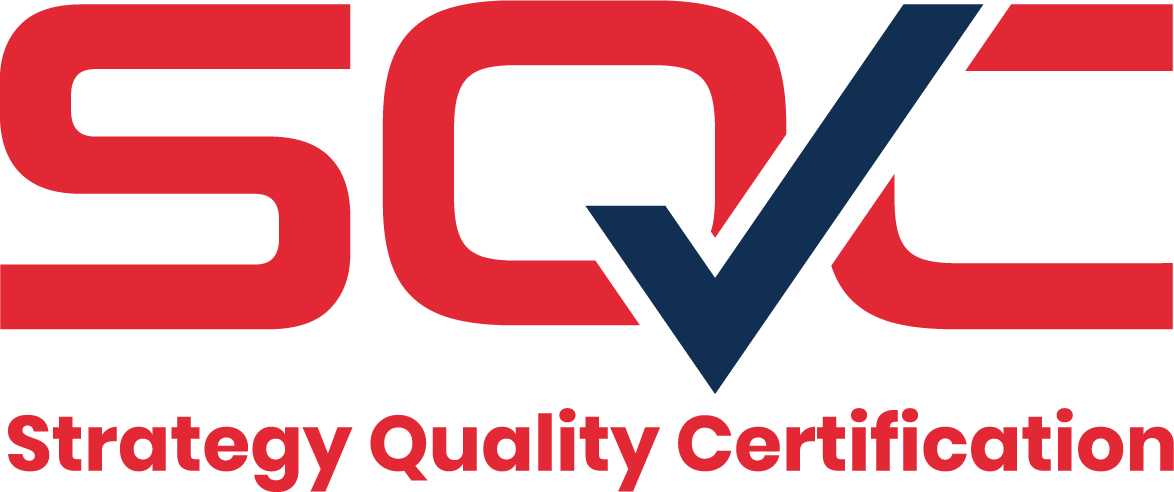Occupational Health and Safety Management System Certification (ISO 45001)
An organization is responsible for the occupational health and safety of its workers and other persons under its control who perform work on its behalf, including the protection and promotion of their physical and mental health. In this regard, the International Organization for Standardization has established ISO 45001 as an Occupational Health and Safety Management System to provide a framework for preventing work-related fatalities, injuries, and illnesses.
The implementation of an Occupational Health and Safety Management System is intended to enable an organization to enhance occupational health and safety performance in the workplace and to address occupational health and safety risks.
Necessity of an Occupational Health and Safety Management System
Globalization of Businesses and Markets: Strong Demand for Competitiveness
- Inherent management of occupational health and safety risks
- A systematic systems-based approach is required for the prevention of safety accidents and continuous improvement (measurement and monitoring).
- Proactive response to occupational health and safety pressures from stakeholders
Voluntary compliance with various laws and regulations
Response to various lawsuits related to industrial accidents
Global public relations
Increasing corporate social responsibility - Elimination of management risks caused by occupational health and safety issues
Management burden due to increased safety-related costs
Effectiveness of an Occupational Health and Safety Management System
- Continuous fulfillment of customer requirements by protecting their health and property
- Reduction of time loss due to accidents and illnesses, and accumulation of funds through decreased legal costs and compensation expenses
- Understanding how legal and regulatory requirements affect your company and customers
- Implementing management and actions to identify potential accidents and keep risks as low as possible
- Enhancement of credibility through independent audits against recognized standards
Components of a Food Safety Management System (ISO 22000:2018)
| Requirement number | Title | |
|---|---|---|
| 4. Context of the Organization | 4.1 | Understanding the organization and its context |
| 4.2 | Understanding the needs and expectations of interested parties | |
| 4.3 | Determining the scope of the quality management system | |
| 4.4 | Quality management system and its processes | |
| 5. Leadership | 5.1 | Leadership and commitment |
| 5.2 | Occupational Health and Safety Policy | |
| 5.3 | Organizational roles, responsibilities, and authorities | |
| 5.4 | Consultation and participation of workers | |
| 6. Planning | 6.1 | Actions to address risks and opportunities |
| 6.2 | Planning for the achievement of quality and occupational health and safety objectives | |
| 7. Support | 7.1 | Resources |
| 7.2 | Competence | |
| 7.3 | Awareness | |
| 7.4 | Communication | |
| 7.5 | Documented information | |
| 8. Operation | 8.1 | Operational planning and control |
| 8.2 | Emergency preparedness and response | |
| 9. Performance Evaluation | 9.1 | Monitoring, measurement, analysis, and evaluation |
| 9.2 | Internal audit | |
| 9.3 | Management review | |
| 10. Improvement | 10.1 | General requirements |
| 10.2 | Incidents, nonconformities, and corrective actions | |
| 10.3 | Continual improvement | |
